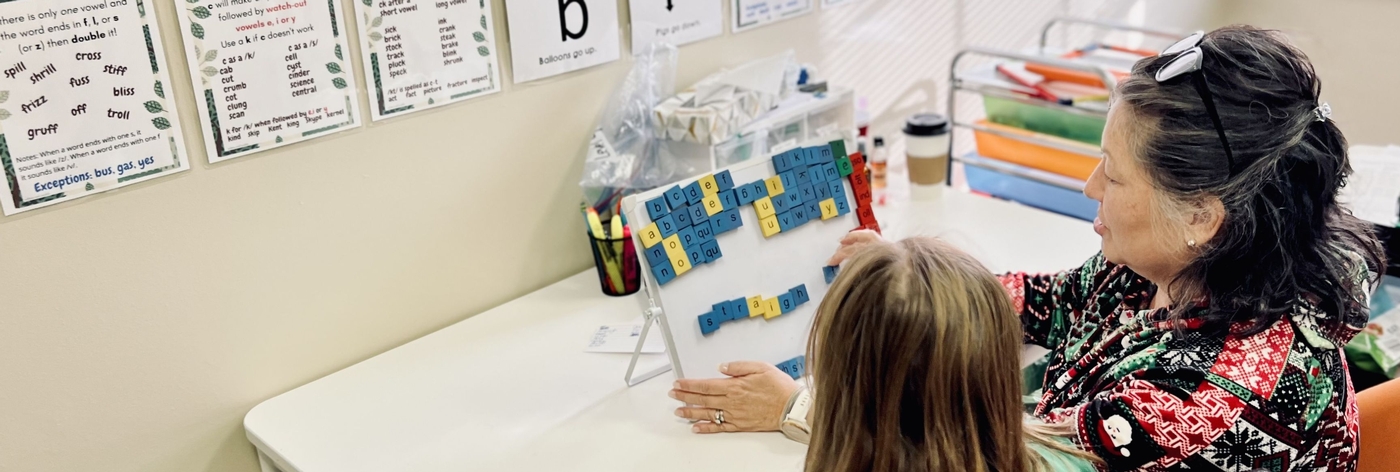 Savannah River Academy
Savannah River Academy

Dyslexia
 What is dyslexia?
What is dyslexia?
According to the International Dyslexia Association, dyslexia is “Dyslexia is a neurologically-based, often familial, disorder which interferes with the acquisition and processing of language. Varying in degrees of severity, it is manifested by difficulties in receptive and expressive language, including phonological processing, in reading, writing, spelling, handwriting, and sometimes in arithmetic. Dyslexia is not the result of lack of motivation, sensory impairment, inadequate instructional or environmental opportunities, or other limiting conditions, but may occur together with these conditions. Although dyslexia is lifelong, individuals with dyslexia frequently respond successfully to timely and appropriate intervention.” Studies show that 20% of the population has dyslexia, with varying degrees of severity.
Some Common Signs and Symptoms
- Their spelling is far worse than their reading. They sometimes flunk inventive spelling. They have extreme difficulty with vowel sounds, and often leave them out.
- Misspells even when copying something from the board or from a book.
- Directionality confusion shows up when reading and when writing.
- b–d confusion is a classic warning sign. One points to the left, the other points to the right, and they are left-right confused.
- b–p, n–u, or m–w confusion. One points up, the other points down. That's also directionality confusion.
- Can read a word on one page but won't recognize it on the next page.
- Knows phonics but can't—or won't—sound out an unknown word.
Our Dyslexia Program
The goal of our dyslexia program is to provide appropriate, research-based instruction, multisensory instruction to help students improve their reading and spelling abilities so that they can function independently in the classroom. As such, students receive a minimum of two hours of tutoring each week using either the Orton Gillingham method, Barton method, and/or a combination of both. The program is designed to be very child-centered and students are carefully monitored to determine whether the students are responding to the program with the flexibility to adjust instruction per students’ needs. Over the past year, we have seen most of the students in the dyslexia program grow an average of 18-24 months in their reading levels, with some graduating out of the tutoring program!
- Orton Gillingham: Orton-Gillingham is the original methodology of a multi-sensory approach to phonics instruction. It teaches, phonemic awareness,
phoneme-grapheme connections, and syllable rules and types in a systematic approach designed to improve a students’ understanding of the rules of English. This instruction is provided not only through the tutors, but also in the younger classrooms by certified Orton-Gillingham instructors to reinforce early reading acquisition.
https://www.dys-add.com/resources/General/IDA-SimultaneouslyMultisensory.pdf - Barton Method: Developed by Susan Barton, Barton is one of the most well-known Orton Gillingham-based systems to have been developed. It is designed for one-on-one tutoring of children, teenagers, and adults by parents, volunteer tutors, reading or resource specialists or their aides, and professional tutors.
Dyslexia Resources
Bright Solutions for Dyslexia International Dyslexia Association
NIH Orton-Gillingham
If you know or suspect that your child may have dyslexia and would like more information about our program, please email us!